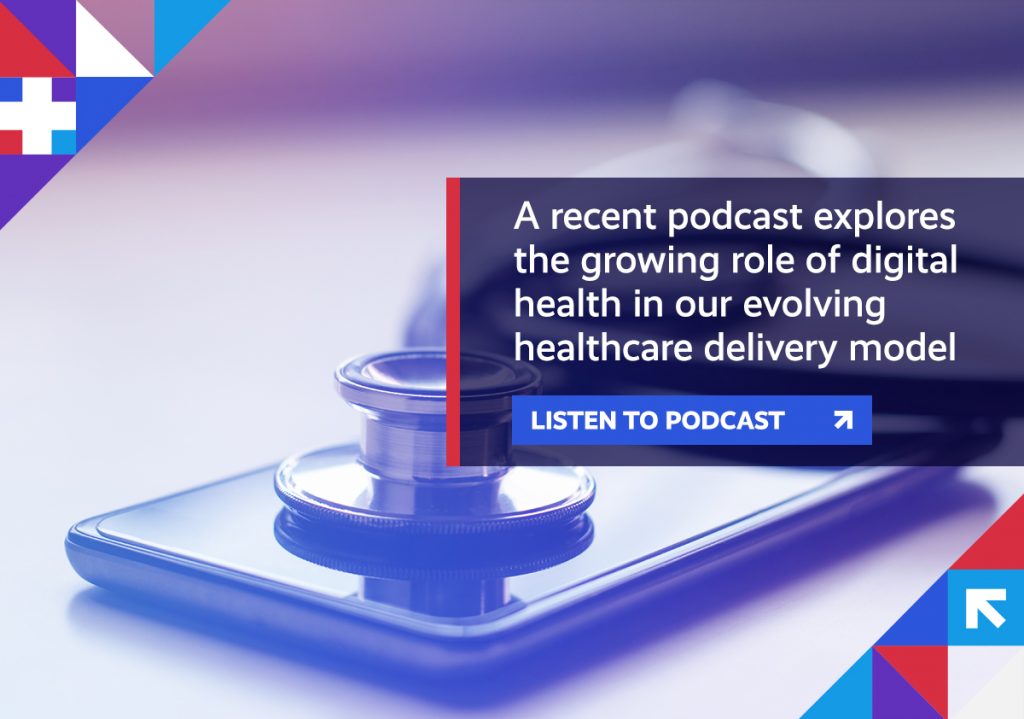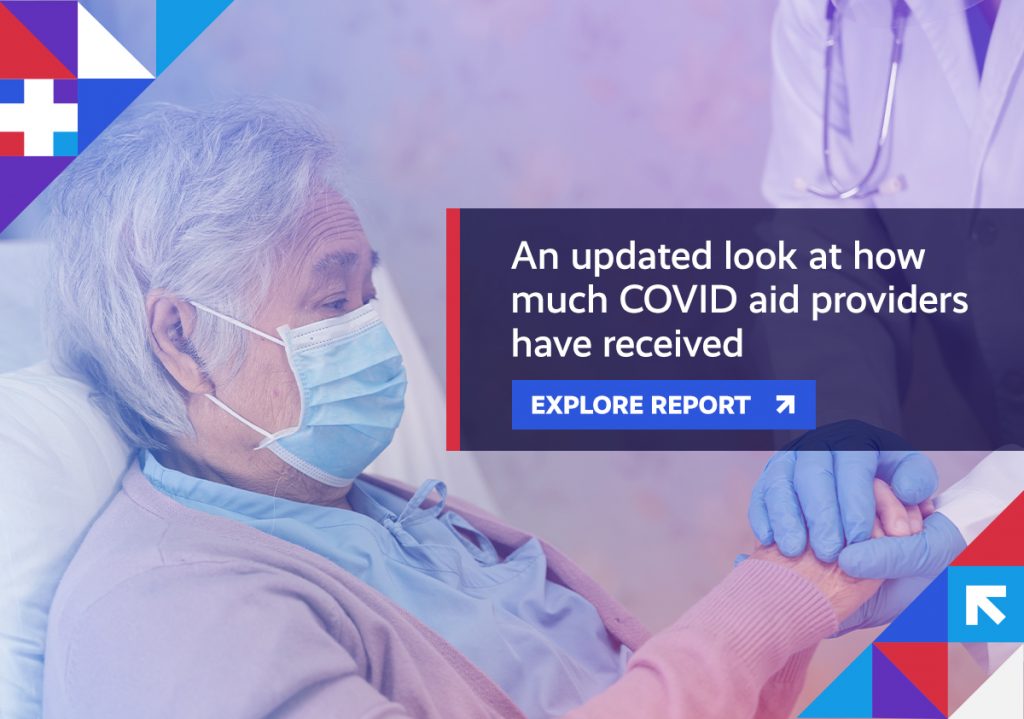Stakeholders come to the defense of Medicare Advantage; COVID testing charges continue to run amok; payers invest in population health; and, new data charts telehealth’s explosive growth.
We encourage you to We encourage you to stay involved as implementation efforts surrounding healthcare reform progress. Visit the Health Action Network and be sure to let us know what’s on your mind.
Item of the Week

Week in Review
Defending MA: The Medicare Advantage (MA) program has established itself as an increasingly popular alternative to traditional Medicare fee-for-service (FFS). With their enhanced focus on coordinated care, MA plans have distinguished themselves to the point where more than 27 million Americans are now enrolled in the program – that’s over 40 percent of all eligible Medicare beneficiaries. Further, enrollees routinely report high levels of satisfaction with their MA plans – with recent polling pegging that support at 94 percent. Which is why it’s so surprising that the program has found itself increasingly under attack. Critics seem to have taken exception to MA doing exactly what it was meant to do, namely, leverage the critical economies of scale, scope, and expertise of the private market to improve the efficiency and efficacy of the administration of a public program. Against that backdrop, supporters have come to the defense of Medicare Advantage, pointing out the harms that would result from impeding the program’s ability to positively impact the health of enrollees.

COVID Testing: As covered in a previous newsletter, COVID test price-gouging continues to put undue financial pressure on our already-strained healthcare system. Despite rapid tests costing less than $20 on average at the drugstore, reports continue to surface of sites charging many, many times more. For instance, just this week it was reported that one company, with over a dozen testing sites across the country, is charging $380 per test. Separately, earlier this month, new cost estimates were released putting the average bill charged for complex coronavirus hospitalizations at nearly $318,000. With that in mind, stakeholders continue to work to better insulate consumers from these costs.
Population Health: If nothing else, the coronavirus pandemic has taught us the critical importance of having a coordinated, logistical response to rapidly-developing public health emergencies. It’s also brought to the surface persistent health equity issues, leading to an accelerated focus on addressing historic and systemic inequities throughout our healthcare system. For their part, insurers have turned their attention to implementing programs aimed at improving member health beyond the traditional care pipeline, such as through strategic partnerships and broader data collection and mining. The pandemic not only exposed where some of these critical care gaps were, but, crucially, highlighted areas that existing programmatic capabilities weren’t even necessarily equipped to address. But, that’s all changing, as payers look to direct investment and resources towards increasing successful interventions in the population health space.
Telehealth Growth: A new analysis charts the seismic shift undertaken by our healthcare delivery model last year in the immediate wake of the COVID public health crisis. Specifically, the data tracks telehealth utilization by physicians, which jumped from 25 percent in 2018 to nearly 80 percent in 2020. Additionally, almost 85 percent of psychiatrists also reported connecting with patients via telehealth during the height of the pandemic. Remote patient monitoring also experienced a significant uptick last year, with 20 percent of physicians saying they used it, almost twice as many as in 2018. Physicians also reported turning to telehealth to facilitate consults with their colleagues, further expanding the utility of the technology. Experts, however, are quick to point out that these figures reflect telehealth use during the pandemic, with more recent data placing utilization at about 20 percent as patients shift back to in-person visits and providers look to create hybrid models balancing in-person and virtual care. Still, they continue, the high rate of adoption speaks to the myriad federal and state emergency actions that allowed for the expansion of telehealth, putting pressure on policymakers to establish a long-term regulatory framework that keeps momentum going.
Spotlight

| You can keep up with the latest by following the Health Action Network on Twitter and by liking us on Facebook. And, be sure to check us out on LinkedIn, too. As always, let us know if there’s something you’d like to see covered in a future newsletter. |
